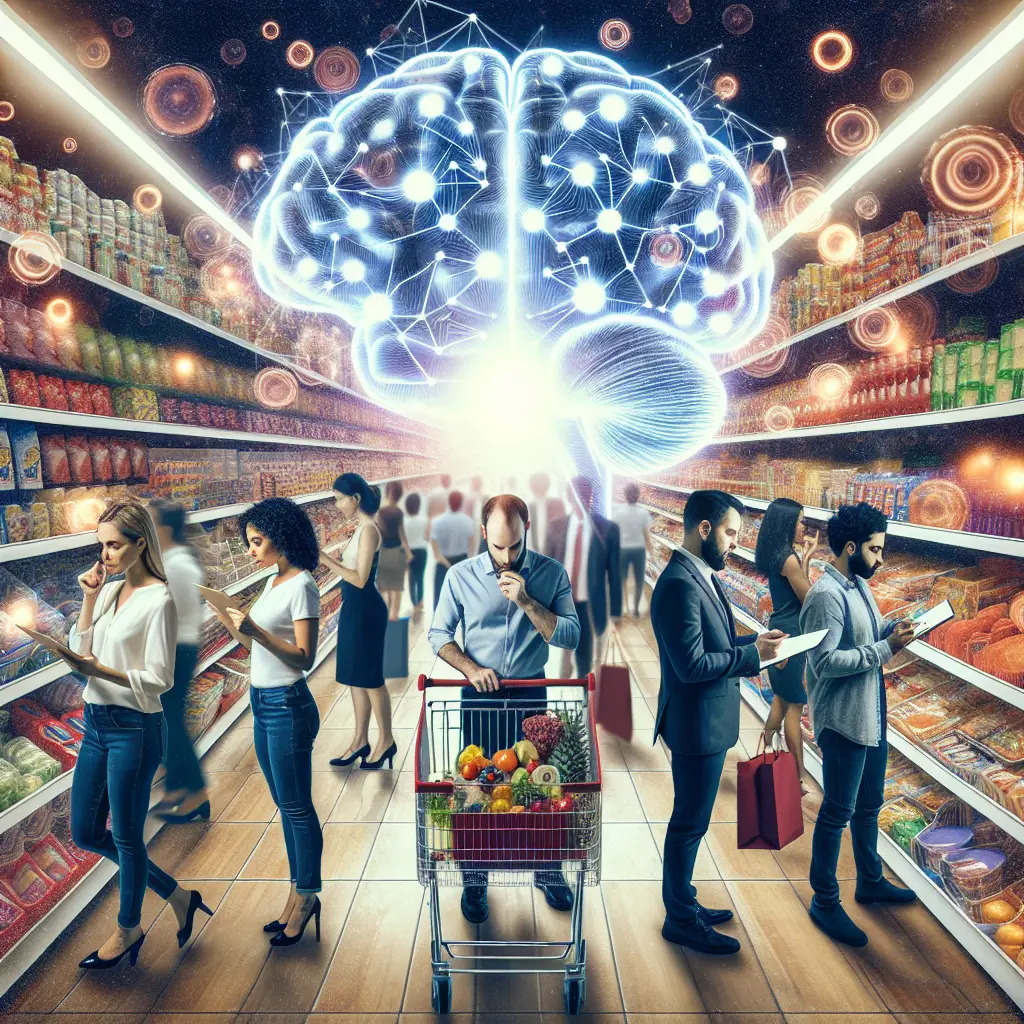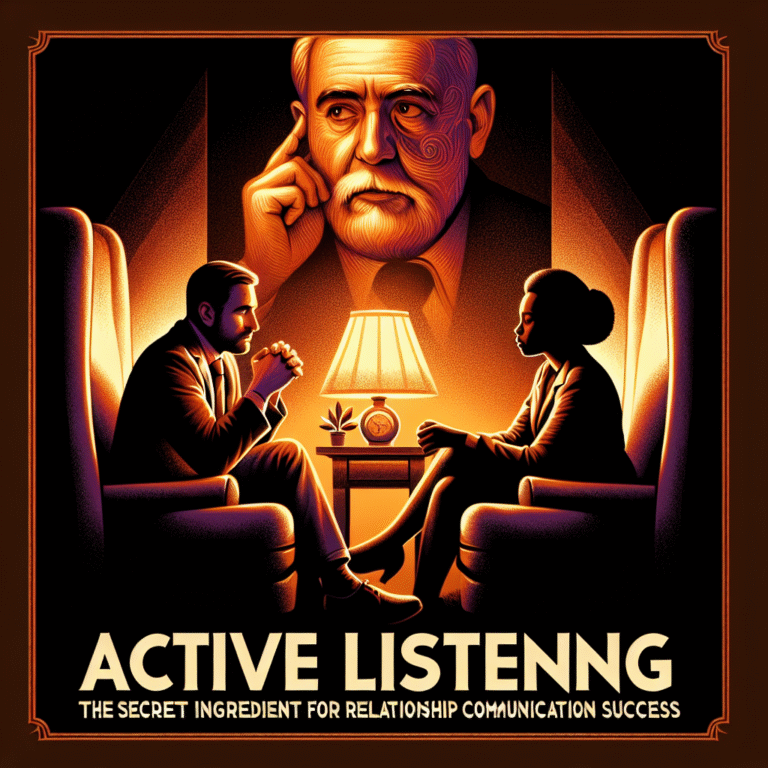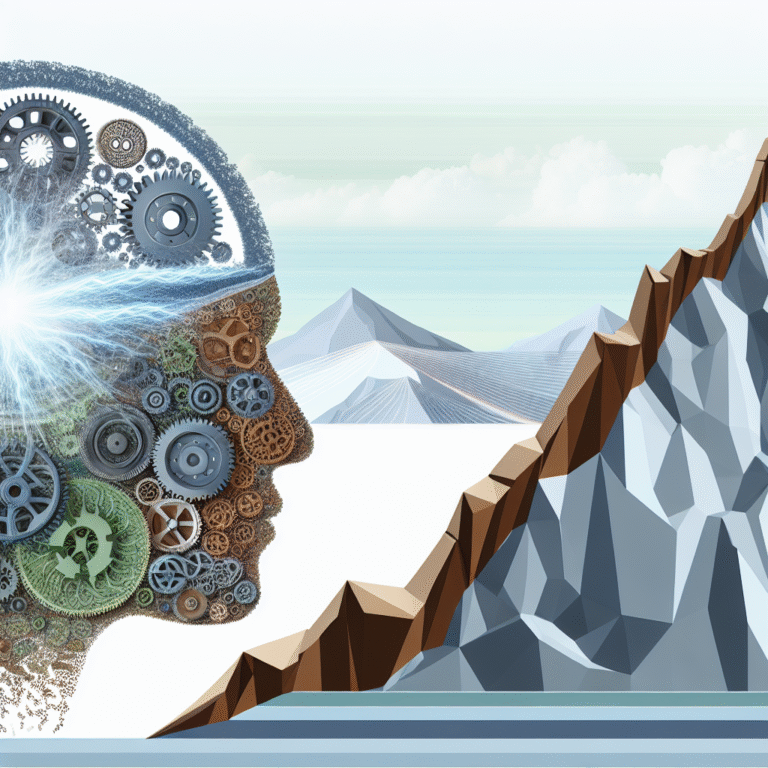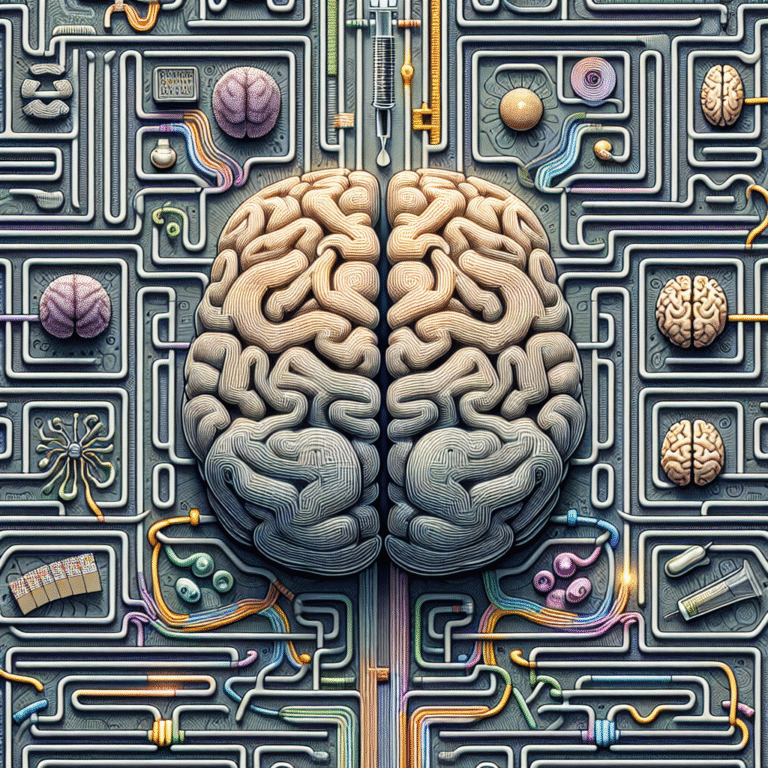
Unlocking Consumer Behavior: The Psychology Behind the Purchase—Behavioral Insights That Drive Consumer Decisions
Introduction
In the fast-paced world of commerce, understanding what makes consumers tick is more crucial than ever. Every day, businesses invest considerable resources in market research, advertising, and product development to attract buyers. Yet, the ultimate decision to purchase often hinges on intangible psychological factors that aren’t immediately visible. This article delves into The Psychology Behind the Purchase: Behavioral Insights that Drive Consumer Decisions, unveiling the hidden patterns, triggers, and motivations that underpin consumer behavior. By gaining a deep understanding of these elements, businesses can enhance their strategies, foster loyalty, and drive sales in a meaningful way.
Understanding Consumer Behavior
The Role of Emotions in Purchases
Our purchasing decisions are heavily influenced by emotions, often outweighing rational considerations. According to a study by the Journal of Consumer Research, emotions can dictate how we perceive value and quality. Marketers that leverage emotional triggers—like nostalgia or happiness—tend to create more compelling messages that resonate with consumers.
Case Study: Coca-Cola’s ‘Share a Coke’ Campaign
Coca-Cola’s famous “Share a Coke” campaign exemplifies the power of emotional connection. By personalizing bottles with common names, they tapped into consumers’ feelings of joy and connection, leading to an increase in sales by 4% in the USA. This highlights how emotions play a pivotal role in The Psychology Behind the Purchase: Behavioral Insights that Drive Consumer Decisions.
The Science of Decision-Making
Cognitive Biases and Heuristics
Cognitive biases are systematic patterns of deviation from norm or rationality in judgment. They can heavily influence consumer decisions in subtle ways. Here are some common biases that affect purchasing behavior:
Anchoring Effect: Consumers often rely heavily on the first piece of information they receive (the anchor) when making decisions. For instance, showing an original price next to a discounted price can create a sense of deal, making the latter more appealing.
Scarcity Principle: The perception that a product is in limited supply invites urgency. Businesses leverage this by indicating low stock or offering limited-time discounts, prompting quick decisions.
- Loss Aversion: Research shows that consumers prefer to avoid loss over acquiring comparable gains. This principle can be utilized effectively in marketing strategies, emphasizing what a consumer might lose by not purchasing a product.
Table 1: Common Cognitive Biases in Consumer Behaviour
| Bias | Definition | Marketing Strategy |
|---|---|---|
| Anchoring Effect | Relying on the first piece of information presented | Highlight original price alongside sale price |
| Scarcity Principle | Reacting to limited availability | Indicate low stock levels or time-limited offers |
| Loss Aversion | Preference to avoid losses over acquiring gains | Highlighting benefits lost by not purchasing |
The Impact of Social Influences
Social Proof and Its Effects
Social proof—a term coined by psychologist Robert Cialdini—refers to the influence that the actions and attitudes of others have on individual behavior. Consumers often look for cues from their peers, leading to herd behavior in purchasing.
Case Study: Airbnb’s Review System
Airbnb has utilized social proof effectively through its star-rating system and guest reviews. A study showed that hosts with higher ratings enjoyed increased bookings, compellingly demonstrating how The Psychology Behind the Purchase: Behavioral Insights that Drive Consumer Decisions can be shaped by perceived social validation.
The Bandwagon Effect
The bandwagon effect is closely related to social proof. It illustrates how individuals will adopt certain behaviors simply because others are doing so. This is particularly evident in industries like fashion and technology, where trends rapidly gain traction.
Case Study: Sneaker Releases
Limited edition sneaker releases often utilize the bandwagon effect. Brands like Nike and Adidas create a buzz by releasing shoes with very limited availability. As more people want the sneakers, the demand skyrockets, leading to a frenzy of purchases driven by social acceptance.
Personalization and the Consumer Experience
The Power of Customer Data
In today’s digitized economy, personalization has transformed the way consumers interact with brands. Utilizing customer data allows businesses to tailor experiences, creating a sense of individual appreciation that can significantly drive purchases.
Case Study: Amazon’s Recommendation Engine
Amazon’s ability to recommend products based on a user’s browsing and purchase history showcases the effectiveness of personalization. Their recommendation engine can account for up to 35% of their revenues, proving that when consumers feel understood, their likelihood of purchasing increases.
User Experience and Purchase Decisions
The design of a website or physical store significantly impacts purchasing behavior. A seamless user experience can lead to reduced cart abandonment rates and increased conversions.
Chart 1: User Experience Guidelines and Their Impact on Purchases
| Design Element | Effect on Purchases |
|---|---|
| Clear Call-to-Action (CTA) | Increases conversion rates by directing consumer decisions effectively |
| Mobile Optimization | Enhances accessibility, leading to higher purchase rates among mobile users |
| Visual Hierarchy | Guides consumers’ attention to key elements, simplifying decision-making |
Building Trust and Brand Loyalty
The Importance of Brand Trust
Trust is a fundamental component of consumer behavior. In a world filled with choices, consumers gravitate towards brands that evoke reliability and integrity.
Case Study: Tesla’s Community Trust Through Transparency
Tesla has built immense consumer trust through its transparency and communication strategies. By openly discussing challenges and engaging with its community, Tesla has fostered loyalty, showcasing how The Psychology Behind the Purchase: Behavioral Insights that Drive Consumer Decisions can hinge on trust.
Loyalty Programs and Retention Strategies
In a competitive marketplace, loyalty programs provide an effective way to retain customers. These programs can leverage psychological principles, such as reward systems and exclusivity.
Chart 2: Common Types of Loyalty Programs and Their Efficacy
| Loyalty Program Type | Description | Efficacy |
|---|---|---|
| Points-based Systems | Customers earn points for purchases redeemable for rewards | High customer retention |
| Tiered Loyalty Programs | Different levels of rewards encourage more spending | Increased average transaction value |
| Referral Programs | Incentivizing customers to refer others for rewards | Cost-efficient customer acquisition |
Marketing Strategies That Resonate
Storytelling as a Tool
A powerful narrative can engage consumers on a deeper level, evoking emotions and creating memorable connections. Storytelling in marketing enables brands to present themselves as relatable, aligning their values with those of consumers.
Case Study: Apple’s Brand Story
Apple’s marketing emphasizes its journey of innovation and creativity. By crafting a compelling narrative around its products, Apple connects with consumers, enhancing their perceptions of the brand and influencing purchase behavior through storytelling.
Conclusion
In conclusion, the exploration of The Psychology Behind the Purchase: Behavioral Insights that Drive Consumer Decisions reveals a complex landscape where emotions, cognitive biases, social influences, and personal experiences converge. Understanding these elements equips businesses with the tools to create more impactful strategies that align with the psyche of their consumers.
By implementing strategies grounded in psychological insights, reminding us of the power of connection, trust, and personalization, brands can craft experiences that inspire action and cultivate loyalty. Let these insights empower your business decisions, ultimately leading to transformative results that resonate with consumers on a profound level.
FAQs
1. What psychological factors influence consumer decisions the most?
Psychological factors heavily impacting consumer decisions include emotions, cognitive biases (like the anchoring effect), trust, and social influences (such as social proof).
2. How can businesses utilize emotional marketing effectively?
Businesses can tap into emotions by creating ads that resonate with consumers’ feelings, such as happiness, nostalgia, or fear of missing out.
3. What is the significance of cognitive biases in marketing?
Cognitive biases can significantly sway consumer behavior, with anchoring, loss aversion, and scarcity being common strategies that marketers use to increase conversions.
4. How does social proof affect purchasing behavior?
Consumers often look to others’ behaviors when making decisions; reviews, testimonials, and celebrity endorsements can create social proof that influences purchases.
5. What role does personalization play in purchasing decisions?
Personalization enhances the consumer experience by tailoring interactions based on user data, which fosters a sense of being valued and understood, driving greater sales.
In an ever-evolving market, these insights not only reveal the intricacies of the purchasing process but also offer actionable steps for businesses eager to enhance their effectiveness in engaging what truly drives consumer decisions. Understanding The Psychology Behind the Purchase: Behavioral Insights that Drive Consumer Decisions can lead to a lasting influence on your bottom line.
















